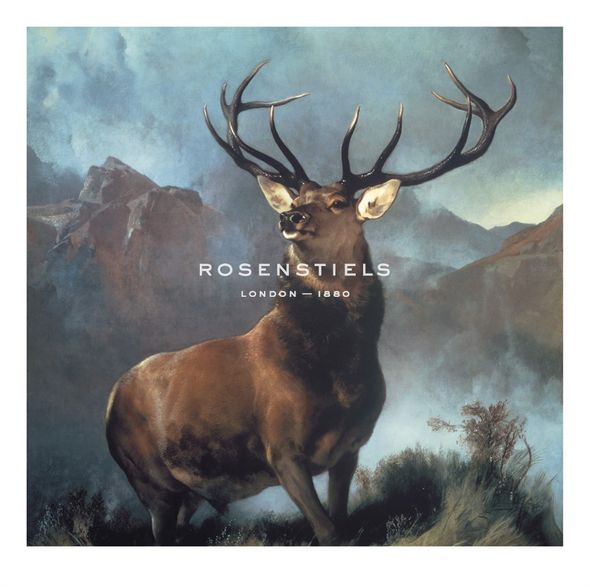
Edwin Landseer Hand Numbered Limited Edition Print on Paper :"Monarch Of The Glen"
Title: Monarch Of The Glen
Dimensions (W x H ): Paper Size: 44 x 44 in | Image Size: 40 x 39 in
Edition | Medium: Edition 85. The print is hand numbered and accompanied by a certificate signed by the Master Printer and bearing a matching number to the print. | Paper
About the Art: Limited Edition
About the Artist:
Sir Edwin Henry Landseer was born in 1802 into an artistic family. He was the youngest of three sons of an engraver, all of whom were to study under the great Romantic painter, Benjamin Robert Haydon. From his youngest days, Landseer had always been an inspired to paint animals, but Haydon encouraged him to study animal anatomy to instil a greater rigour and technical correctness into his work.
It is this detailed knowledge, coupled with the extraordinary naturalism of his work, which marked him as out as one of the greatest exponents of his genre. The outstanding quality of Landseer's work is also augmented by his tendency to give his animal scenes a moral dimension, which made his paintings particularly appealing in an age which valued sentimentality in its art.
Landseer’s work became well known in the 1830s. His brother, Thomas, made engravings of his paintings, which were widely circulated, and his originals were popular amongst both the aristocracy and, importantly, the newly emergent middle-class. He made his first trip to Scotland in 1824, when he fell in love with the wild landscapes of the Highlands. He visited Sir Walter Scott, the celebrated writer, who was so impressed with his work that he chose him as one of the illustrators to the Waverley edition of his novels.
Landseer was well-known in aristocratic circles, and received royal patronage after 1836. Queen Victoria was a great admirer of his work and in 1850 he visited Balmoral to paint a large group portrait of the royal family, and was knighted that year, even though the painting was never finished.
Sir Edwin Landseer also fashioned the lions for the base of Nelson's Column, which were unveiled in 1867. In his last years he slipped into madness, and he died in 1873.












